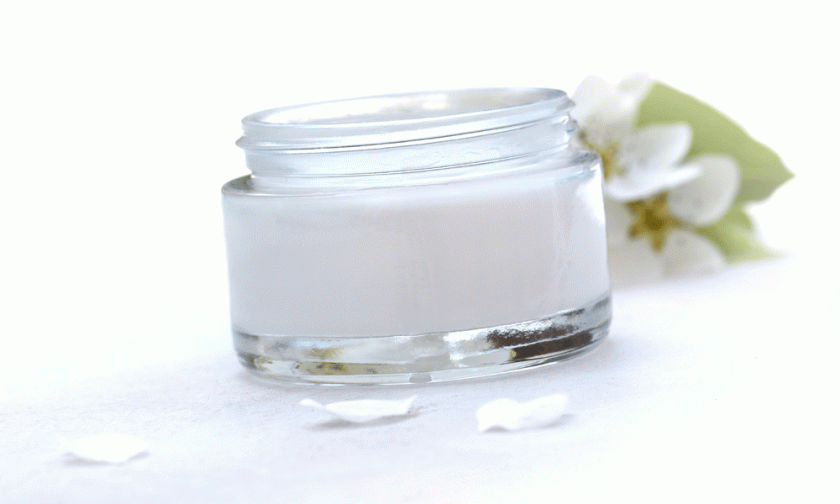Stem cells and growth factors became hero ingredients in skincare formulations a few years ago.
Since then, some brands have claimed that plant-based stem cells have helped to reproduce human stem cells. Moreover, that growth factors directly change the behavior of human DNA.
These claims are fantastical when it comes to managing the ageing of skin, says paramedical skincare pioneer Danné Montague-King. Here he lays out the facts.
Many people are confused about the role stem cells and growth factors perform in regenerating the skin. What are the differences between them in terms of human biology and as skincare ingredients?
DMK: Growth factors (GFs) are proteins that regulate cellular growth, proliferation and differentiation under controlled conditions. They play an important part in maintaining healthy skin structure and function.
GFs are secreted by all cell types that make up the epidermis (outer layer of skin) and dermis (the layer between the epidermis and subcutaneous tissue)., including keratinocytes, fibroblasts and melanocytes.
They bind to receptors on cell surfaces. They stimulate cell and tissue function through influencing cell differentiation by changing their biochemical activity and growth and regulating the rate of proliferation (very important) – beta glucans of a certain type are in this class. In medical stem cell implantation (surgically) they do play a role as a back-up support to the implanted cells and in potential auto-immune rejection.

However, this is a far cry from crèmes, serums etc in skincare. Plant stem cells, even if they are bioactive, do not possess the same genetic markers as human cells and certainly do not human stem cells to regenerate.
Could you clarify from what sources stem cells and GFs are derived for use in skincare and what influence they exert over human stem cells/GFs/DNA?
DMK: GFs are not one thing; there are many different types. Which one would they use? Will the large protein molecules such as the epidermal growth factor (EGF) remain active in the formulation? If they are active, will they be delivered across intact skin?
So the question is: How do stem cells in crème work with your own stem cells? The answer is they don’t.
Technicians extract tissue from the plant. Then they scratch this cultured plant tissue as a way of inflicting miniature wounds. This damage stimulates the plant’s stem cells to act and heal. The stimulation induces the formation of new stem cells on the wounded surfaces of the plant.
After slow replication and division on the outside of the scratched plant surface, the new cells fashion a large accumulation of colourless cells, known as a callous. This callous is what is used as an ingredient in facial crèmes.
At the most sophisticated level, callouses are forced upon living plant stem to encourage new baby cells. These are harvested and then put into crèmes as “stem cell therapy”.
All the rest of the claims are verbiage and spin-offs of serious medical research.
Many research papers have concluded that stem cells are just too large (they have a high molecular weight) to penetrate the lipid barrier of the dermis.
No matter what species of plant is chosen from which to harvest stem cells, selectively separating these cells in any significant quantity from surrounding plant tissue and cells is hugely challenging and more likely impossible.
Even rubbing human stem cells on the skin would never work. They would have to be kept alive in the product despite any effective delivery mechanism.
We should look at what skin cells respond positively to and what they recognise, how we can influence and support GFs and the life cycle of our cells. My methods have always been to work with the body’s chemistry.




